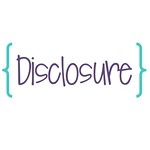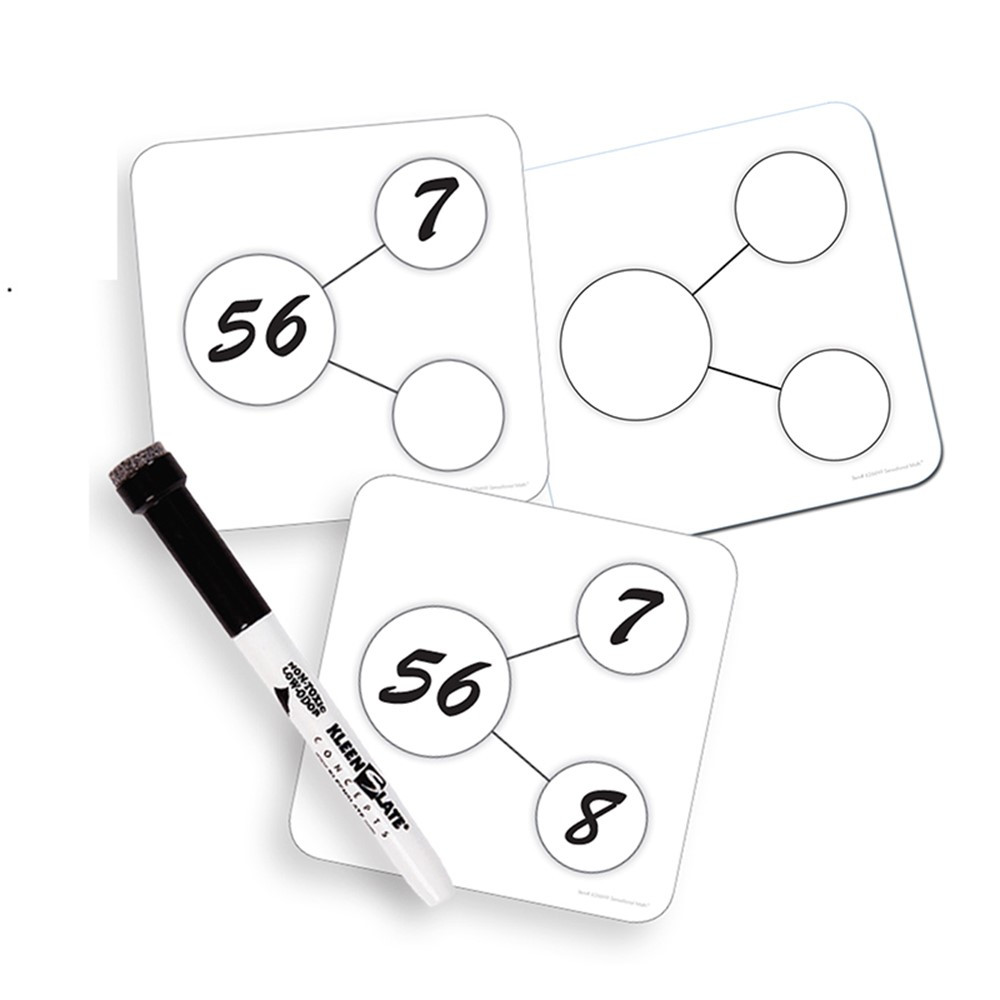To begin, I have used two very different math curriculums at the two schools in which I have taught first grade. In my previous school, we used My Math. My new school uses Singapore Math. One great aspect of guided math is that it can be easily tailored to meet the needs of your students and whatever curriculum your school requires. Essentially, guided math allows the teacher to work with small groups of students while the other students are working on meaningful math tasks. At my previous school I used the following centers:
- Math with the Teacher
- Math Journals
- Technology (Compass Learning app on iPads, which is an assessment driven app)
At my current school, some adjustments had to be made based upon the curriculum requirements. For example, I am required to use the math workbook at my current school. Initially, I wanted to make this a replacement for the math journals I used last year, which my co-teacher and I created personally or were a hodge podge of items found online. If any of you use Singapore Math, you probably understand that it can be a challenging program. I found that my students were struggling to complete the workbook independently due to challenging directions and the high amount of reading required to be successful with this program. As a result, I decided to make workbooks part of the Math with the Teacher center. Additionally, my class did not have a set of ipads to ourselves, so we cannot use them everyday. Therefore my centers this year vary more, but include workbooks with the teacher and 2 separate math activities.
Where do I find my math activities? This year I have been using a lot of counting collections. In this activitiy, students sort objects into groups of tens, and eventually groups of 100 to identify the number of objects in a collection. I also have students record themselves explaining their thinking using the ipad on the Seesaw app. A lot of my information about counting collections has come from Research and Play.
Another resource I use frequency is Reagan Tunstall's Guided Math series. When I was not required to use a workbook, I used this program to help me organize my math with the teacher. Now, I use the activities for independent work stations. I also use a lot of materials from Susan Jones' product and Brown Bag Teacher's centers.
Personally, I have found that three center rotations is more manageable for me. I know several teachers prefer to have more rotations and smaller groups. I find that I am fried by the fourth rotation and often times so are my first graders. As a result, I keep it at three rotations. Less rotations means bigger groups which allows students to work more with each other. I also strongly value independence in my first graders and use a workboard so that students know where they should be at all times. Additionally, I even have a student who rings the bell to signal the transition for centers. Ideally, math workshop would be able to operate without me even there!
 |
| (Edited to remove student names on far left. Numbers are workbook pgs.) |
Finally, here are some products that help facilitate math workshop. The items presented include affiliate links, but are tried and true recommendations of things I have used personally in my classroom.
Rekenrek - great for building concrete understandings of addition and subtraction.
Number bonds - for practicing addition and subtraction
Differentiated Dice - every math concept is made better with dice! This set has a variety of dice that are perfect for differentiating games.
Clear spinners - Spinners are great for math games - particularly graphing concepts.
How are you using guided math in your classroom?








































